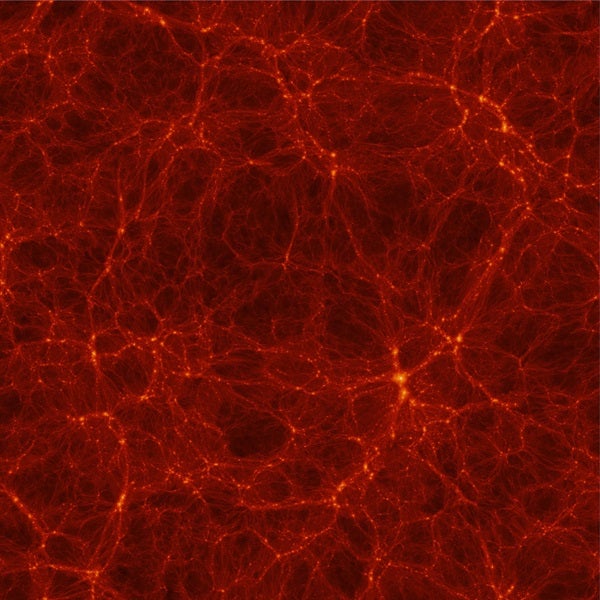Q: Astronomy and astrophysics rely heavily on computer modeling, but being neither a physicist nor computer scientist, I cannot relate to the term “computer model.” What is such a model, and how do scientists build one?
A: This is easiest to explain by an example. Suppose we launch a spacecraft from Earth and want to calculate its trajectory thereafter. Newton’s laws of motion and gravitation govern the probe. These laws are mathematical formulas that take as input the current position of the spacecraft and return as output the rate at which its velocity (meaning both its speed and direction) changes in response to the gravity of the Sun, Earth, other planets, and any other objects with mass.
Thus, imagine the following procedure: (1) specify the spacecraft’s starting position and velocity; (2) using Newton’s laws and the current position, calculate the rate at which the probe’s velocity is changing; (3) advance time by one second, during which the velocity changes by the amount calculated in step 2 and the position changes by an amount determined by the spacecraft’s velocity; (4) using the new position and velocity, repeat steps 2 and 3 as many times as you want, and record the position versus time. A computer model is just a computer program that carries out these steps.
In general, a model is a computer program built on a set of known physical laws (in this case, Newton’s laws), a starting configuration (the spacecraft’s initial position and velocity), and some other ancillary data (the masses and locations of the Sun and the planets). The art of building a model is knowing which laws of physics are the relevant ones (can I use Newton’s laws, or do I need to use relativity?), which ancillary data the problem requires (do I need to include all the planets, and what about asteroids?), and designing the details of the procedure (is one second the right time step, or should it be bigger or smaller?).
University of California, Santa Cruz










